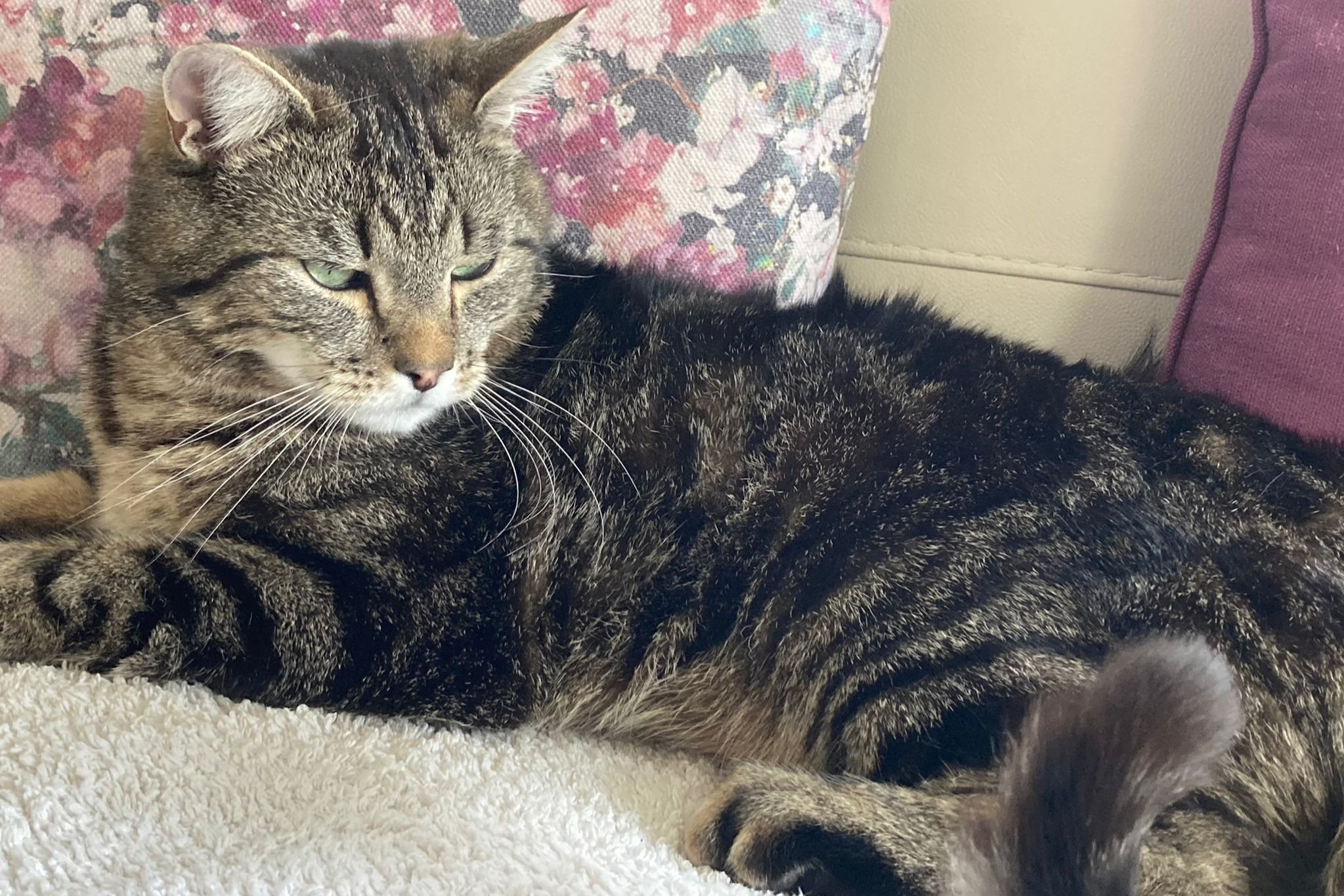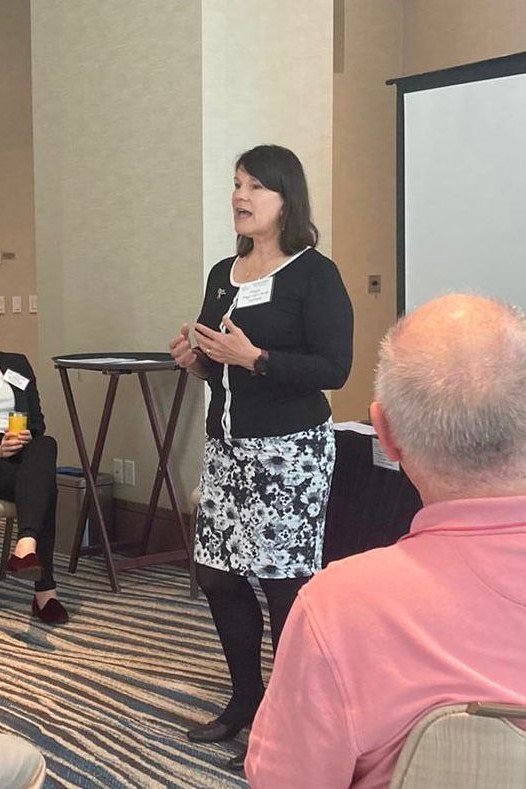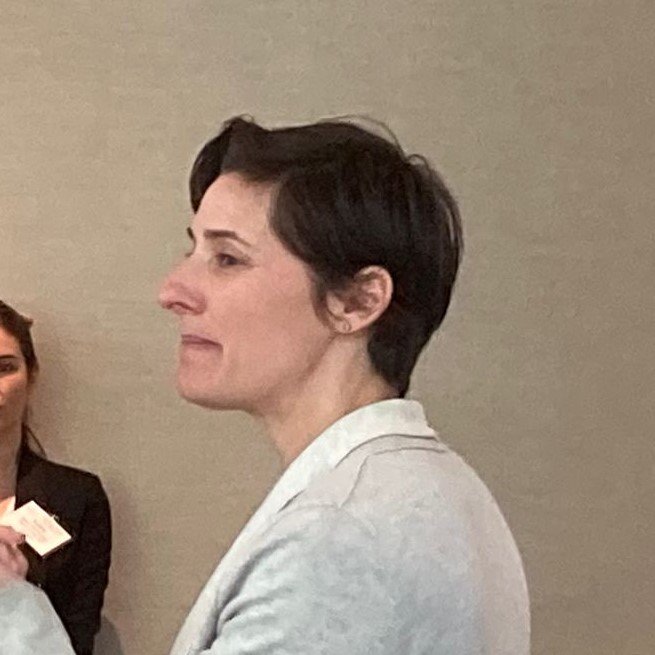My daughter likes to think she’s independent. She lives away from home in a city, with a mostly healthy, happy life. But whenever she’s unwell with a temporary bug or a bad cold, she calls me.
Of course it’s completely normal to call your mother when you feel ill, looking for some comfort and sympathy. But my daughter also contacts me for another reason: because I can help her phone in sick to work. It’s not that her work has a strict attitude to sick days, or that her boss is particularly terrifying – in fact, every time this has happened so far, she’s been met with nothing but understanding and acceptance from her colleagues.
The problem for her is taking that step to sign off for the day. It’s as though she thinks she doesn’t deserve it, and she can’t bring herself to do it without a push from someone else – usually from me.
Struggling to take days off work sick is far from a unique problem. It’s very common for people to feel guilty about signing off, for a wide range of reasons. Perhaps you’re worried your symptoms aren’t “bad enough”, and your colleagues will think you’re slacking off. Maybe you’re under a lot of pressure and stress and it feels as though you can’t afford not to be at work. For people who work for themselves or will not be paid for the time off, there are a whole host of other considerations.
I’ve had this discussion with many of you, as chronic pain sometimes results in long periods of time off work. In my view, taking a few days off over a stomach bug or a bad cold should be a much simpler consideration. I tend to pull the “wise mother knows best” trick on my daughter. “When you are 80 years old looking back on your life, do you think you’ll wish you spent more time dragging yourself into work while you were sick?” I ask her sternly. “Which do you think your boss would rather have, you off for two days and back at 100% the rest of the week, or you miserable at 30% the whole week?”
While it’s always lovely to get phone calls from my children, I prefer dispensing general sympathy when they are sick - rather than reviewing in minute detail the process for them calling in absent from work, what their boss might say, who else in the office has been ill recently, and whether anyone might think they are slacking off. My next challenge is to get my daughter to speak sternly to herself in these situations, without needing anyone else’s permission.













